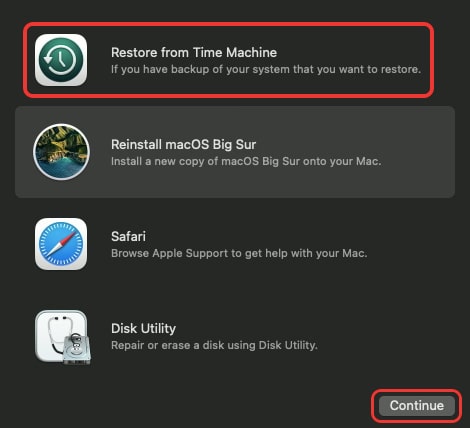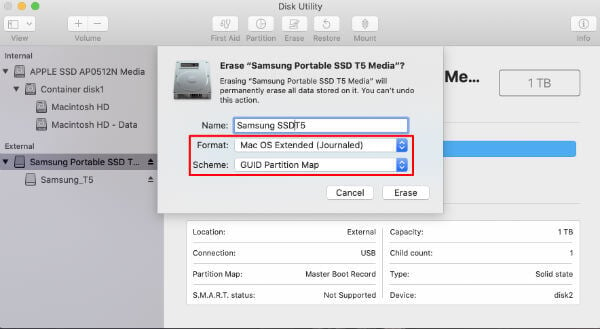
- #TIME MACHINE ON MAC SSD HOW TO#
- #TIME MACHINE ON MAC SSD UPDATE#
- #TIME MACHINE ON MAC SSD UPGRADE#
- #TIME MACHINE ON MAC SSD FULL#
#TIME MACHINE ON MAC SSD FULL#
If not, we’re always looking for new problems to solve! Email yours to including screen captures as appropriate, and whether you want your full name used. We’ve compiled a list of the questions we get asked most frequently along with answers and links to columns: read our super FAQ to see if your question is covered. Time Machine will try to sync volumes and only backup files changed since the last snapshot if all goes well. If it’s a networked volume, you may have to double-click the disk image to open it and then double click Latest to get to the volumes. Drag that drive into the Terminal after the space.
#TIME MACHINE ON MAC SSD UPDATE#

In fact, it’s the best way to ensure you get the path exactly right without having to type it by hand. In the following examples, you’ll be dragging a folder from the Finder into the Terminal, which if you haven’t done before may seem like a strange mix.
#TIME MACHINE ON MAC SSD UPGRADE#
Upgrade to a new Mac and migrate your old Mac’s data to it.Swap a drive in your Mac and restore its contents.


There are a lot of cases in which you use association, because association is based on a unique identifier for each drive that also changes when it’s erased. These are nested inside of “snapshot volumes,” and look something like this in their full path: Backups.backupdb/Glenn’s Mac/-123456/My Mac Drive. Volume association relates to each disk volume within a set. When you migrate from one Mac to another and want to connect the existing Time Machine backup, you inherit it, and thus transfer the computer identity in the Time Machine backup to your new Mac. Inheritance connects a Mac to a backup set, which Apple calls a “machine directory.” These are found in Backups.backupdb as the computer’s name. Nor does Apple have any reason to back-port that role type.Apple offers two different types of Time Machine reconnections: inheritance and volume association.
#TIME MACHINE ON MAC SSD HOW TO#
In Big Sur, Apple added the Backup role, designed for Time Machine snapshots and incremental backups, and which is effectively unreadable in Catalina and earlier, because those releases simply don’t know how to interpret it. (In Catalina, Apple added volume groups, which are used to hold the operating system itself in pieces, separating your data from system files, enhancing system security and integrity.) You can have several volumes in a container that dynamically share the space allotted to the container, which means you don’t have to allocate storage space to a given volume beforehand. Each container has one or more volumes, and each volume (starting in High Sierra) has a “role,” which defines the kind of volume it is. APFS divides a disk into one or more containers (similar to partitions).

Not only must you use Big Sur to back up to an APFS-formatted Time Machine volume, you can’t even access the backups from a Mac with Catalina or an earlier macOS version installed. This might go without saying, but I know enough people with mixed-system setups who will ask. I would set up any new Time Machine volume formatted with APFS, but not convert an old one from HFS+.īig Sur APFS-based Time Machine backups can’t be used in Catalina or earlier releases. While APFS has advantages for SSD-based storage, there really aren’t any for hard disk drives, the most likely kind of drive used for large-capacity backup drives.


 0 kommentar(er)
0 kommentar(er)
